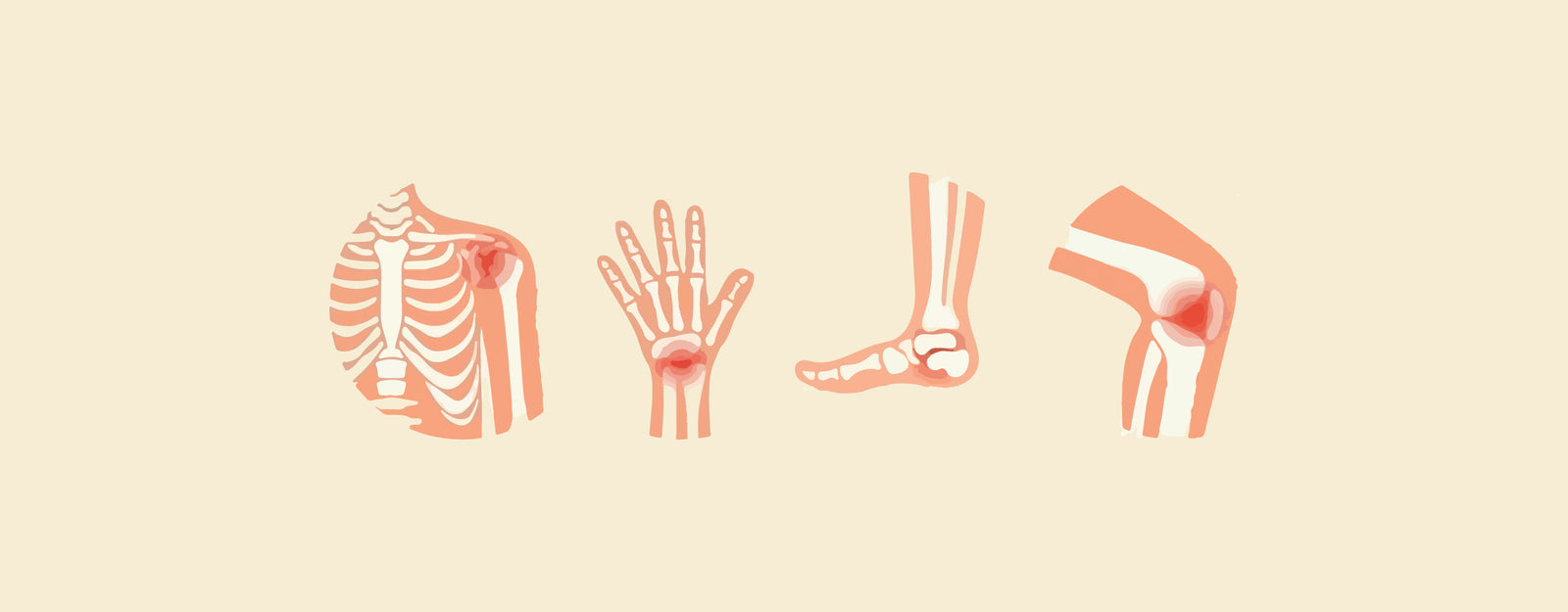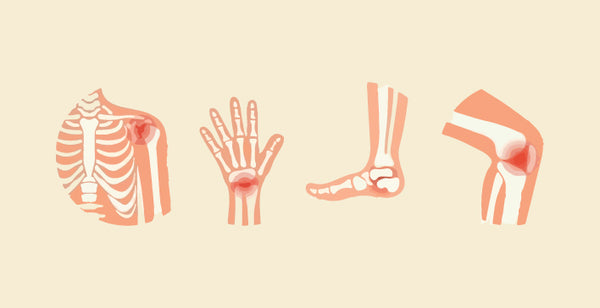Differences Between Rheumatoid Arthritis and Rheumatic Fever: Rheumatoid arthritis (RA) and rheumatic fever (RF) are both inflammatory conditions that affect the body's joints and connective tissues. While they share some similarities in symptoms and manifestations, they are distinct diseases with different causes, risk factors, and treatment approaches. Understanding the differences between RA and RF is essential for accurate diagnosis and appropriate management.
Differences Between Rheumatoid Arthritis and Rheumatic Fever:
While rheumatoid arthritis (RA) and rheumatic fever (RF) share some similarities in their inflammatory nature and systemic manifestations, they are distinct diseases with different etiologies, age of onset, joint involvement patterns, and long-term complications. Proper diagnosis and management tailored to each condition's unique characteristics are crucial for optimizing patient outcomes and improving quality of life. The differences are discussed below.
| Feature | Rheumatoid Arthritis (RA) | Rheumatic Fever (RF) |
| Etiology | Autoimmune disease | Complication of untreated streptococcal throat infection |
| Age of Onset | Typically in adulthood | Primarily affects children and adolescents |
| Joint Involvement | Symmetrical, small joints of hands and feet | Asymmetrical, larger joints such as knees, elbows, and ankles |
| Associated Organ Involvement | Systemic involvement including lungs, heart, and eyes | Primarily affects heart, joints, skin, and central nervous system |
| Diagnostic Markers | Positive rheumatoid factor (RF) and anti-CCP antibodies | Evidence of preceding streptococcal infection, Jones criteria |
| Treatment Approach | Disease-modifying antirheumatic drugs (DMARDs), biologics | Antibiotics to treat streptococcal infection, anti-inflammatory agents, prophylactic antibiotics for recurrent streptococcal infections |
| Long-Term Complications | Joint damage, disability, increased cardiovascular risk | Rheumatic heart disease, valvular heart damage |
| Prevention | No specific prevention strategies | Prompt treatment of streptococcal infections with antibiotics |
What is Rheumatoid Arthritis (RA)?
Rheumatoid arthritis (RA) is a chronic autoimmune disease characterized by inflammation of the synovial membrane, which lines the joints. In RA, the immune system mistakenly attacks the body's own tissues, primarily targeting the joints, leading to pain, swelling, stiffness, and progressive joint damage. RA commonly affects the small joints of the hands and feet symmetrically but can also involve other joints and organs, such as the lungs and heart.
Key Features of Rheumatoid Arthritis
- Autoimmune Disease: RA is an autoimmune disease where the body's immune system attacks its own tissues, primarily affecting the joints.
- Symmetrical Joint Involvement: RA typically affects joints on both sides of the body symmetrically.
- Chronic Inflammation: Persistent inflammation in the synovial membrane leads to joint pain, swelling, and stiffness.
- Systemic Manifestations: RA can also involve other organs and systems in the body, such as the skin, eyes, lungs, and heart.
- Progressive Joint Damage: Without proper treatment, RA can cause irreversible joint damage, deformities, and disability.
- Rheumatoid Factor and Anti-CCP Antibodies: Blood tests for rheumatoid factor (RF) and anti-cyclic citrullinated peptide (anti-CCP) antibodies are often positive in RA patients.
What is Rheumatic Fever (RF)?
Rheumatic fever (RF) is an inflammatory condition that can develop as a complication of untreated or inadequately treated streptococcal throat infection, particularly with group A Streptococcus bacteria. RF primarily affects the heart, joints, skin, and central nervous system. It typically occurs in children and adolescents, weeks after a streptococcal infection, such as strep throat or scarlet fever. RF can cause damage to the heart valves, leading to rheumatic heart disease, a chronic condition with long-term implications for heart health.
Key Features of Rheumatic Fever
- Post-Streptococcal Complication: RF usually develops following a streptococcal throat infection, with symptoms appearing weeks after the initial infection.
- Acute Inflammatory Response: RF is characterized by inflammation of the heart (carditis), joints (arthritis), skin (erythema marginatum), and central nervous system (Sydenham's chorea).
- Cardiac Involvement: Rheumatic heart disease, a consequence of RF, can lead to damage to the heart valves, causing valve regurgitation or stenosis.
- Risk Factors: RF primarily affects children and adolescents, particularly in socioeconomically disadvantaged populations with limited access to healthcare.
- Preventable with Antibiotics: Prompt treatment of streptococcal infections with antibiotics can prevent the development of RF and its complications.
- Jones Criteria: Diagnosis of RF is based on the revised Jones criteria, which include clinical manifestations and evidence of preceding streptococcal infection.
Similarities Between Rheumatoid Arthritis and Rheumatic Fever
- Inflammatory Conditions: Both RA and RF involve inflammation of the joints and other tissues in the body.
- Autoimmune Component: While RF is triggered by a bacterial infection, both diseases involve immune-mediated damage to the body's tissues.
- Systemic Manifestations: Both diseases can affect multiple organs and systems beyond the joints.
- Treatment Approach: Treatment aims to reduce inflammation, alleviate symptoms, and prevent long-term complications in both conditions.
Chronic Nature: Both RA and RF can have long-term implications for health and may require ongoing management and monitoring.
| Check out More Articles | |
| Difference Between Cartilage And Bone | |
| Difference Between Endocrine And Exocrine Glands | |
| Difference Between Cell Wall And Cell Membrane | |















